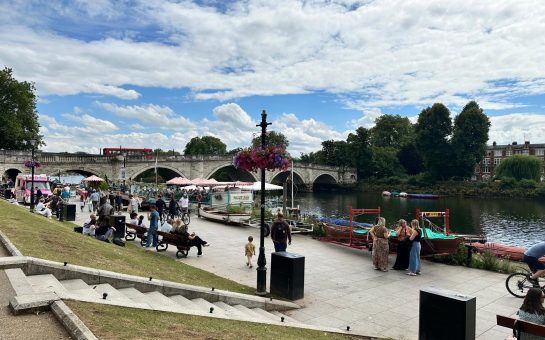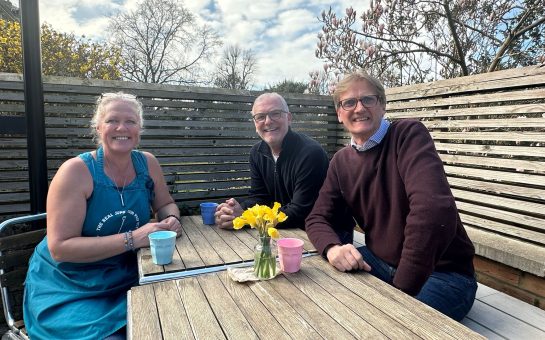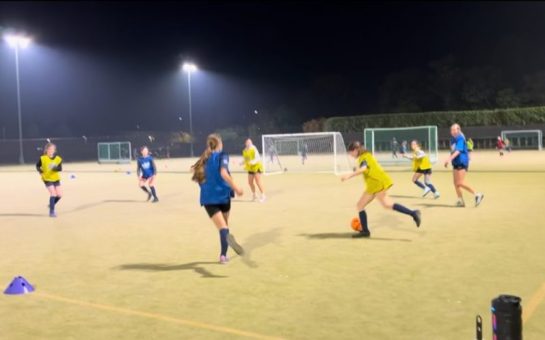By Kyle Farrell
February 7 2020, 15.25
Follow @SW_Londoner
Meet Graeme Purdy, an animal photographer who locks eyes with some of the planet’s most dangerous creatures where one bad move means the difference between being a fly on the wall and a body in the ground.
He teeters on the edges of the world’s stage where he both sits in the audience and performs with a troupe of trackers and animal experts. He has fought off stinging frostbite and hungry polar bears.
Not only this, but he has captured all of it in beautiful, monochrome images for his newest book, Eight Feet. Aptly named as most of the animals featured were photographed closer than many dare to try.
But he also often worries about his own impact on the animals he documents. The juxtaposition between the creatures Graeme sees in the wild and in captivity raises personal ethical questions he has tried hard to answer.
I wanted to see Graeme in action and get him to track down and photograph arguably London’s apex predator – the swan. So to coin a wise, old, British phrase: “Could he do it on a cold, rainy night in Hyde Park?”
We decided to go on a mini safari around London to get to know each other a little better.
There was some irony however, that for a man who has spent the large majority of his life tracking down big cats and Rhinos that he couldn’t find the cafe we were supposed to meet in.
When we finally found each other, the Northern Irishman wasted no time filling his reusable coffee cup and began telling me about his life.
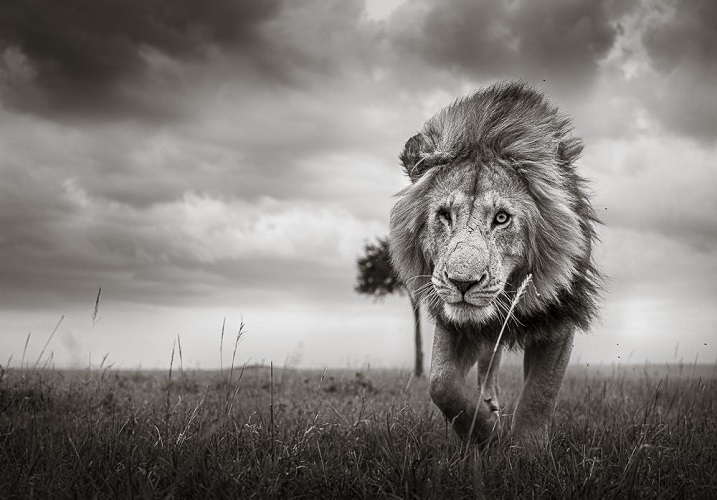
Graeme moved to London in the 1990s and was starting to carve out a career in photography. To make ends meet; Graeme took photos of rugby games for stock image companies.
But as time went on, he wanted to capture a different kind of beast which didn’t have the number eight on its back.
After saving enough money he began visiting the wilder parts of the world. But losing a £4000 camera to an inquisitive lioness meant the animal expert now uses a custom all-terrain miniature monster truck to take his camera directly to the animals.
It was here the inspiration to take his photography to the next level was born.
He says: “Everyone can stand on the back of a van and get the same long lens photographs, but with the car I can get snaps no one else can get and that’s what my work is about – going the extra mile.”
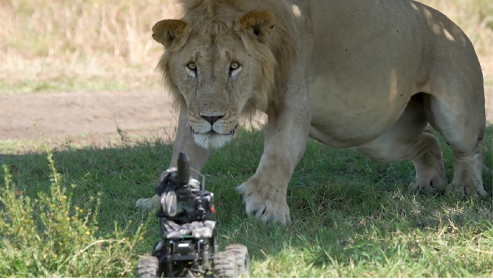
The love, respect, and admiration that Graeme has for his subjects were palpable and he doubled down when he revealed all of the charities he works with.
Graeme works with conservation programs such as Elephant Family – a charity that has received the support of Prince Charles – and National Park Rescue.
Graeme quips: “I used to laugh at Greenpeace and all the tree-huggers, but now I’m part of that scene.”
It’s hard not to point out that his air miles and lifestyle could have a negative effect on the wildlife he loves so much. After all, he toured many parts of Africa in 2019 and he guessed he had around nine booked flights between last November and December.
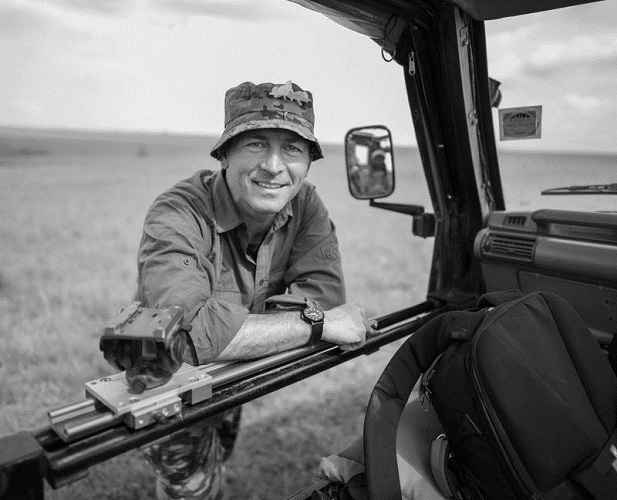
“It’s a good point, and it’s not something I’ve ignored” he pondered. “When man meets wildlife there’s only one winner.
“Kenyan farmers kill lions because they eat their goats. In America, wolves are hunted as trophies.”
He continued by explaining he tries to carbon offset his flights, reduces his plastic consumption, and has recently turned vegetarian.
The conversation continued onto the ethics of zoos in which Graeme was at a crossroads.
He says: “I think zoos are changing but not as quick as public opinions. I see cats pacing up and down in enclosures and cats don’t do that.
“Then again, it is thanks to some zoos some species have continued to survive. The Przewalski horse went extinct in the wild and thanks to a Dutch guy and a Mongolian zoo they’ve started to reintroduce them into the wild.”
He told me to be broadminded and some zoos, despite having their problems, try to have their hearts in the right place.
As the conversation continued to focus on animals, it was a sensible time to address the polar bear in the room. Namely, the striking image of one on the table.
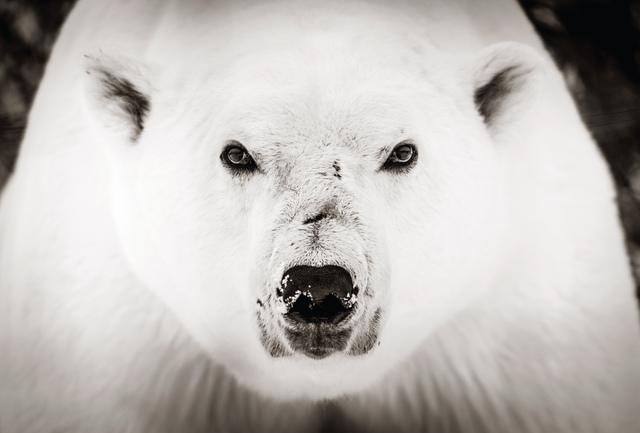
Graeme explains: “We were in a remote part of Canada called Hudson Bay which is not only an army base but a place that polar bears flock to.
“The bears have an incredible sense of smell and can smell seals from almost three miles away and are constantly on the hunt for food.
“Unfortunately for us, our bacon breakfast attracted a very large and dangerous bear that was separated from us thanks to a thin wire fence.”
It was there the photo was taken, but an issue arose, how do you deal with a lingering bear? Once the bear realises that the fence is more a psychological barrier than a physical one then Graeme’s journey turns into a survival mission.
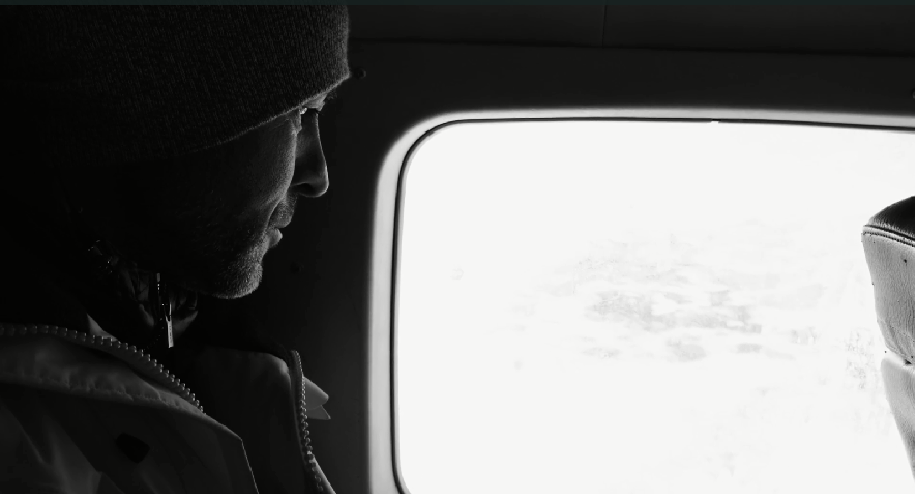
But with Graeme and his team being prepared for every eventuality, they quickly knew the remedy. Noise. Everything from clicking pebbles to launching a loud flare can be used to scare a polar bear away.
And despite his trackers being armed with guns should all else fail, Graeme showed a huge resistance to ever using them.
We thus returned to our public park safari where Graeme was eager do something wild. At first, he tamely suggested throw food in the air for birds to grab which then evolved into a plan to build a boat and go down the river.
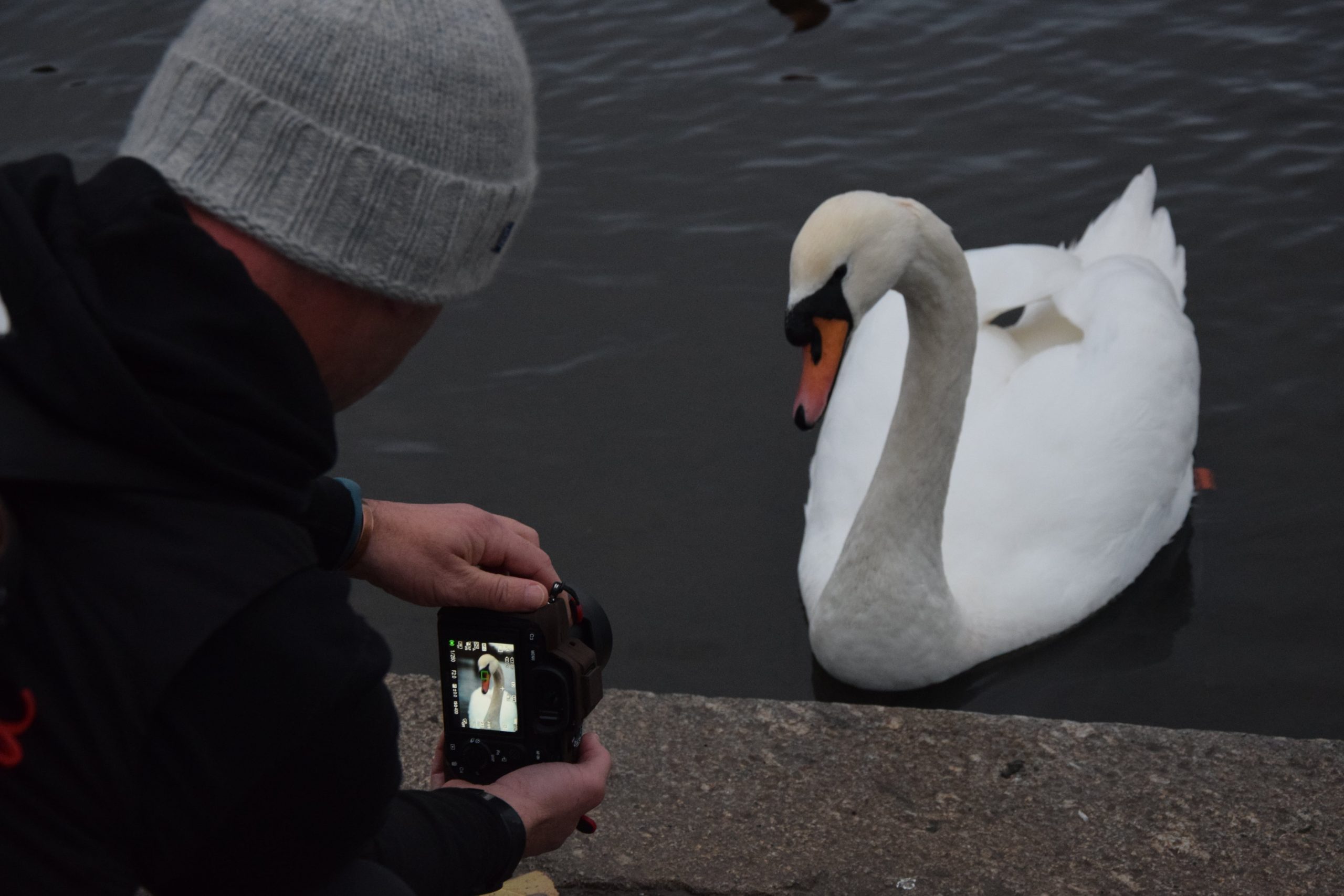
As we walked, I often had to shield myself from groups of birds flying into my face as Graeme walked through them. There was no fear. Unsurprising really, what’s a mallard versus a cheetah to Graeme?
Our miniature safari ended where it began, at the café we struggled to find in the first place. And whilst Graeme’s love for animals was adoringly eclectic, he knew he was as fallible as the next man.
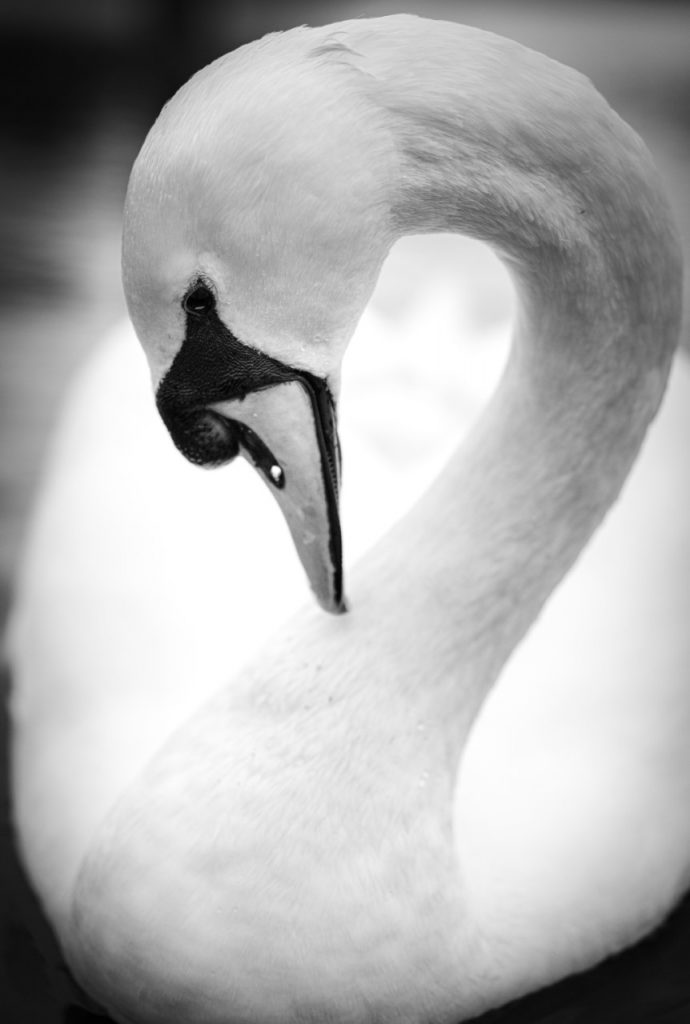
“I don’t try to be perfect, but it’s better than doing nothing” Graeme remarks.
Images from Graeme’s book, Eight Feet, can be found here.

